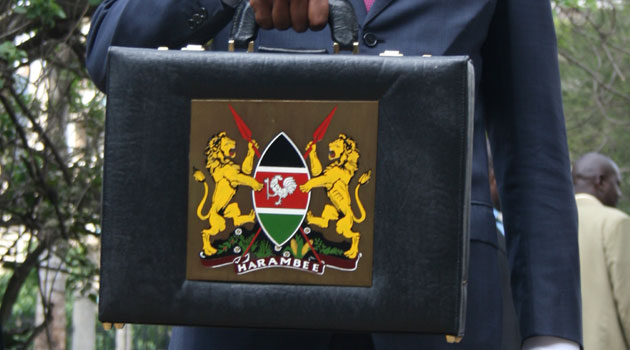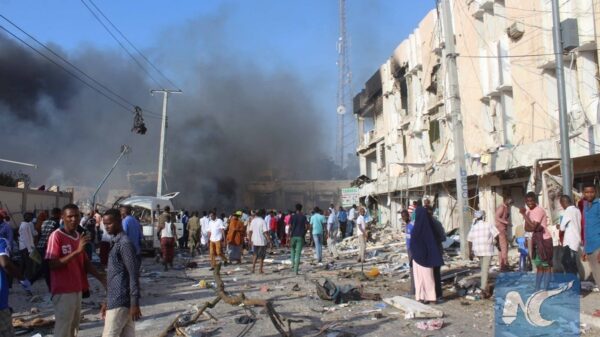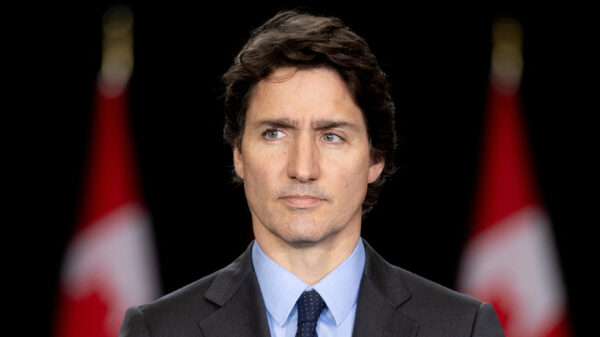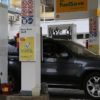
A budget indicates the various sources of revenue and the corresponding amounts required for allocation to those sectors.
An effective budget clearly articulates the allocation of resources to various sectors of the economy which drive a country’s vision of growth in line with its development agenda. A budget also indicates the various sources of revenue and the corresponding amounts required for allocation to those sectors. In other words, a budget statement should express a country’s policy priorities which drive its development agenda—if those priorities are identified properly and implemented effectively.
In my view, a budget statement also provides a tool for accountability and a mechanism for tracking and monitoring the implementation of planned and budgeted projects and activities.
Kenya’s Constitution requires openness and accountability as a key principle guiding aspects of public financial management. Consequently, the budget preparation process has become much more open and transparent since the implementation of the current Constitution. The Constitution requires that in the month of June the Cabinet Secretary for the National Treasury will present the 2016/2017 national budget statement to the National Assembly in accordance with his public finance responsibilities.
Chapter 12 of the Constitution requires the Cabinet Secretary to submit estimates of revenue and expenditure for the next financial year to the National Assembly. He is required to do so at least two months before the end of the financial year. The information is available now in the public domain and this process is a clear demonstration of the openness of the budgetary process.
To reinforce transparency and openness, the Constitution further requires the parliamentary budget and appropriation committee to seek representation and views from the public on the budgetary estimates of revenue and expenditure as submitted by the Cabinet Secretary. Those views and representation should inform the committee’s recommendations to the National Assembly on the budget.
When the Treasury Cabinet Secretary presents the 2016/17 budget next month, citizens, economic analysts and consultants will question and analyse whether the budget submitted effectively responds to the country’s needs and supports its vision and development agenda. The best way to answer this question is to review allocations to priority sectors which have the potential to spur economic growth on a long-term and sustainable basis.
Growth sectors: construction and financial services
According to the 2016 Economic Survey Report by the Kenya National Bureau of Statistics, Kenya attained an overall economic growth rate of 5.6% in 2015, an improvement from 2014’s 5.2% rate. Kenya’s growth in 2015 trails Tanzania (6.9%) and Rwanda (6.5%) but leads Uganda (5.2%).
In Kenya, the services sector experienced significant growth in 2015, led by construction and financial services. The construction sector benefited from public infrastructure initiatives including the Standard Gauge Railway project which is labour-intensive and provided employment opportunities. Meanwhile, private developers sought to cater to housing demands in major cities and towns across the country. The financial services sector (particularly banks) grew in response to demand by the construction sector; the two sectors are closely interlinked. Financial services organisations also developed innovative products and services in response to stiff competition within the sector.
Modest growth: agriculture and manufacturing
While services experienced significant growth, agriculture and manufacturing grew more modestly in 2015. Agriculture contributes 30% of GDP, remains the mainstay of Kenya’s economy and employs the largest number of people. Better rains in 2015 contributed to the growth of the agriculture sector in 2015.
The 2016/17 budget statement allocates significant resources to stimulate and transform the sector from subsistence to more productive output. Investing in irrigation, for example, will help ensure that the agriculture sector can withstand the unpredictable rainfall patterns due to global climate change. Value-addition measures will improve farm produce storage, reduce waste and lead to better returns for farmers that produce products that are required for consumption and sale. Policy changes and budget allocations can improve the accessibility of markets and the availability of good quality seeds and extension services, further motivating farmers to enhance production.
Comparatively, Kenya’s manufacturing sector has experienced weaker growth over the last couple of years even though this sector should contribute very significantly to the country’s economic growth and GDP. The government and public sector can create a more conducive environment for investors and manufacturers and spur improved growth in Kenya’s strong private sector. Interactions with various statutory offices and especially business registration, the cost of compliance with statutory requirements, and the accessibility of water and electricity and other infrastructure can influence growth or impede growth.
Security and macro-economic stability influence growth
Security influences growth in all sectors of the economy. Kenyans want to see budget allocations that will strengthen security and provide an intervention mechanism to address different potential sources of insecurity. These efforts will reassure local and foreign investors alike.
Interest rates, exchange rates and inflation among other indicators of macro-economic stability also influence private sector growth. Maintaining a reasonable cost of finance serves to encourage investors—particularly local investors. Kenyans will listen for fiscal measures in the budget statement that support macro-economic stability.
Kenyans are waiting and listening. They will analyse the 2016/17 budget, comment and draw conclusions about whether it is responsive to Kenya’s needs or a rubber stamp prepared and presented simply to meet the country’s Constitutional requirements. Let’s hope that this budget speaks to Kenya’s needs. A rubber stamp can be bought on the street.
Benson Okundi is a partner specialising in public financial management at PwC Kenya.

































